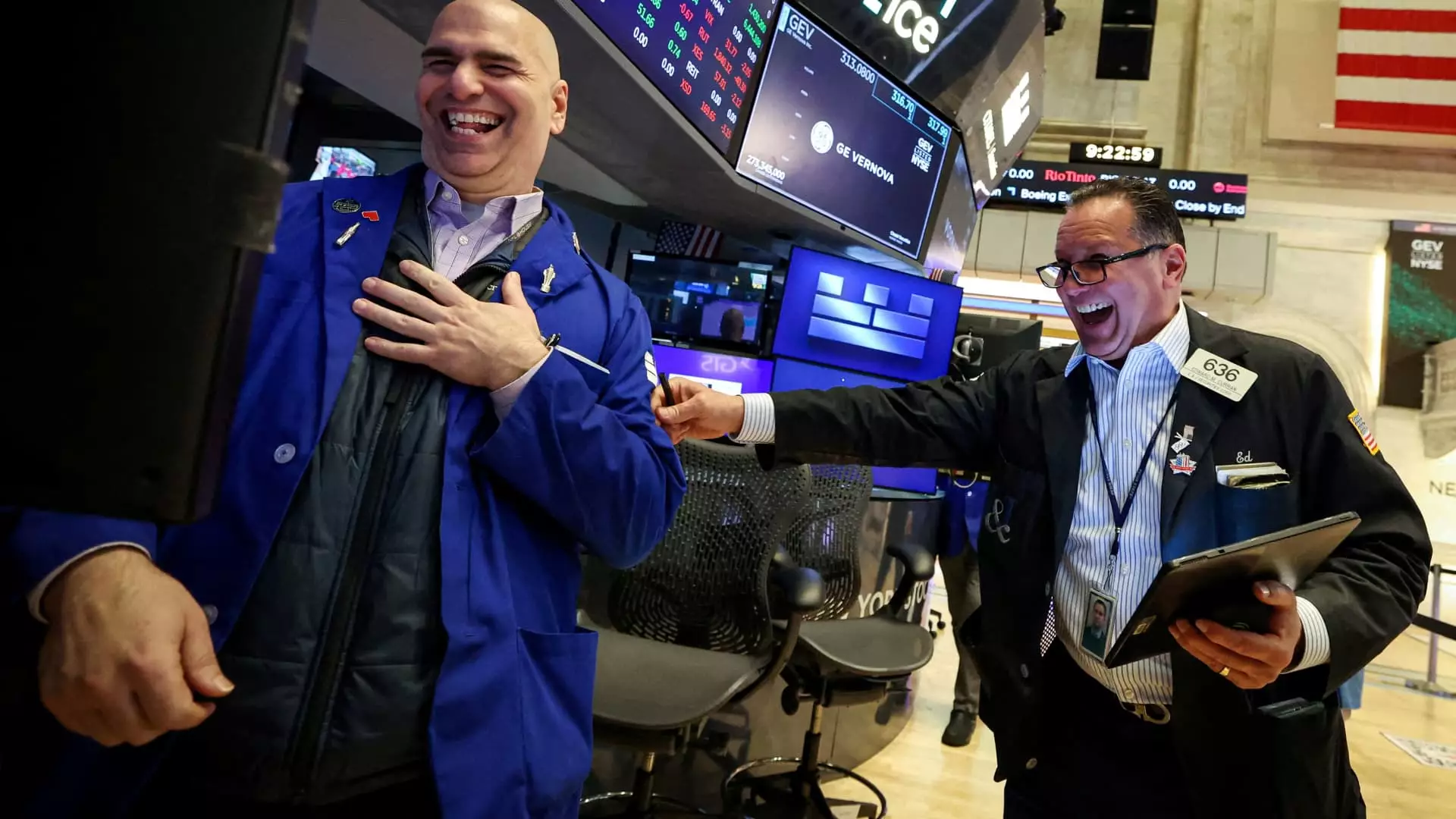In the complex ecosystem of the stock market, short selling plays a controversial yet pivotal role. This strategy, where investors borrow stocks with the intention of selling them when the price is high and repurchasing them at a lower rate, is not just a method of speculation; it’s a mechanism fraught with inherent risks. The essence of short selling is to capitalize on predicted downturns. However, this practice can flip dramatically when a stock’s price unexpectedly surges, forcing short sellers into a scramble to limit their losses. This phenomenon, known as a short squeeze, can produce volatile market rallies characterized by significant, rapid increases in stock prices.
Hedge funds have historically been aggressive in applying short selling strategies, and recent data from Goldman Sachs has highlighted renewed bearish sentiment among these investors. Following a tumultuous April marked by a mixture of geopolitical events, such as tariff announcements and abrupt pauses by leadership figures, hedge funds amplified their short positions. This engagement heightened market vulnerabilities, laying the groundwork for explosive upward movements in stock values. It’s this precarious interplay of bearish wagers and the potential for short sellers’ inevitable retreat that can lead to dramatic market rallies, a phenomenon that investors and traders should closely monitor.
The Ripple Effect of Short Covering
The recent two-day surge in the stock market can significantly be attributed to short covering. When bearish hedges come under pressure—especially amid signals of potential recovery or easing tension, like trade talks between the U.S. and China—short sellers must rapidly buy back borrowed stocks to mitigate losses. Such rushes not only drive up prices but can also create a sense of urgency and optimism among other market participants. This week, we witnessed exactly this scenario unfold, where indications of a trade deal and comments from Treasury Secretary Scott Bessent ignited bullish sentiment.
But while the surge seemed momentous—with the Dow Jones Industrial Average soaring by more than 1,000 points—it’s crucial to reflect critically on its sustainability. The excitement tarnished slightly as the rally eventually decelerated, emphasizing that the initial momentum was largely driven by short covers rather than systematic improvements or strategic buying from long-term investors. The conversation among traders revealed a prevailing theme of caution: many, including Goldman Sachs’ John Flood, remain skeptical about whether this rush of activity represents a deeper, more strategic investment move or merely a short-term reaction to panic-induced covering.
Implications of Leadership Sentiment
Market dynamics are inextricably linked to the sentiments projected by influential leaders. Recently, President Donald Trump’s contrasting remarks regarding Federal Reserve Chair Jerome Powell illustrated how leadership tone can sway market perceptions. His reversal from calling for Powell’s ousting to stating he had “no intention” of firing him created a positive environment, albeit one that feels fragile. The volatility of sentiment can lead to uncertainty within the market that far exceeds the implications of actual policy changes, which underscores the psychological aspect of investor behavior.
This psychological volatility is a microcosm of how reliant the market can become on sentiment, rather than concrete fundamentals. While rallies can swing dramatically based on leadership commentary, they often leave investors vacillating between caution and exuberance. Successful navigation through these tumultuous waves requires not just a responsive strategy based on short covering dynamics, but also a critical examination of market sentiments driven by political and economic leadership.
Looking Ahead: The Balance Between Caution and Optimism
As we analyze the current market conditions, the balance between caution and optimism remains precarious. The short covering dynamics can create enticing opportunities for investors, but they also carry the risk of immediate volatility returning. Hedge funds saturated in short positions might not immediately shift to aggressive buying; instead, they could remain hesitant, magnifying moments of indecision in the market.
To capitalize on potential rallies, investors must keep a vigilant eye on the evolving landscape of short positions and market sentiment. The fundamental question now is whether we will see a transition from short covering into productive long buying. Until then, the stock market remains a space where short sellers’ actions can elicit rapid market shifts—striking a delicate balance between opportunity and risk. Each move made in this arena could either accentuate losses or unveil new avenues of growth, making it essential for investors to remain astute and adaptive in their approaches.

